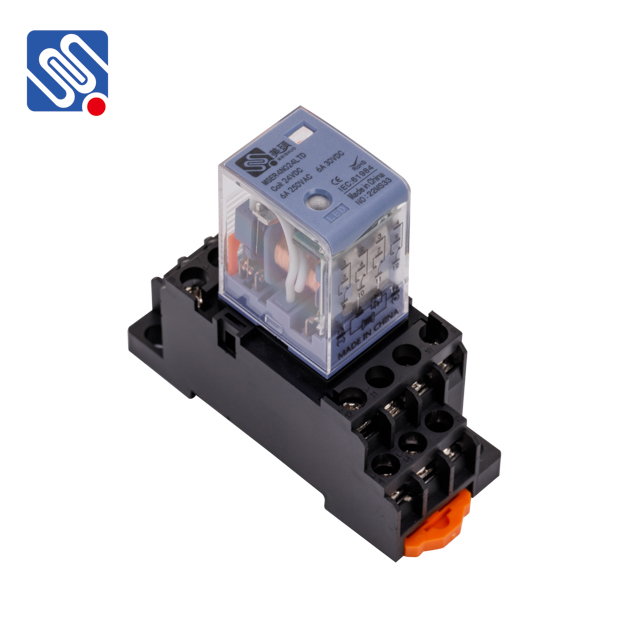Miniature relays are small, yet powerful electrical components that play a crucial role in controlling circuits and devices in various industries, from home appliances to automotive electronics. These compact switches are designed to control high-power circuits with low-power signals, making them indispensable in applications where space is limited, but reliable performance is essential. Despite their small size, miniature relays offer high switching capacity, durability, and efficiency, making them vital in modern electrical and electronic systems.

What is a Miniature Relay? A miniature relay is an electromechanical switch that uses an electromagnetic coil to open or close contacts within a circuit. When a low electrical current passes through the coil, it creates a magnetic field that pulls a metal armature, thereby changing the state of the relay’s contacts. This mechanism allows a small current to control a larger current, providing an efficient means to manage various electronic devices and systems. Miniature relays are smaller than traditional relays, often only a few centimeters in size. They come in a variety of configurations, including single-pole single-throw (SPST), single-pole double-throw (SPDT), and multiple contact forms, making them adaptable to different circuit requirements. Their compact design allows them to be integrated into small and portable devices without sacrificing functionality.